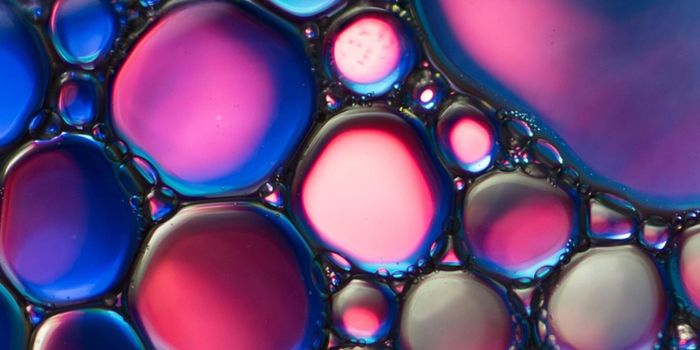In a Major Twist, Human Cells Found Writing RNA Into DNA
For many years, scientists have known about one of the most fundamental processes in biology, where cells use a DNA sequence to transcribe an RNA molecule, and use that to generate a protein. But we're also learning that things can get far more complex than that. Not all RNA molecules are used to generate protein, for example. It's long been thought that enzymes called DNA polymerases only function to copy the genome or make repairs to DNA. But now, scientists have found evidence of reverse transcription, in which RNA molecules get written as DNA, in mammalian cells. The findings have been reported in Science Advances.
"This work opens the door to many other studies that will help us understand the significance of having a mechanism for converting RNA messages into DNA in our own cells," said Richard Pomerantz, Ph.D., associate professor of biochemistry and molecular biology at Thomas Jefferson University. "The reality that a human polymerase can do this with high efficiency, raises many questions." This finding may indicate that RNA molecules can be used as templates for editing or repairing genomic DNA.
In this study, the researchers focused on one of the fourteen mammalian DNA polymerases, called polymerase theta (Pol theta). Three mammalian polymerases are thought to do the majority of the work duplicating the genome when cell division is going to occur. The remainder have roles in identifying and repairing DNA breaks. Polymerase theta tends to make a lot of errors. The researchers observed that this particular characteristic makes it similar to reverse transcriptase enzymes that are found in viruses. The reverse transcriptase used by HIV, for example, can write RNA back into DNA.
The investigators compared Pol theta to HIV reverse transcriptase and determined that Pol theta can convert RNA into DNA just as well as the viral enzyme, and it was better at copying DNA than HIV reverse transcriptase. Pol theta made fewer errors when it made DNA from RNA than when it copied DNA.
"Our research suggests that polymerase theta's main function is to act as a reverse transcriptase," noted Pomerantz. "In healthy cells, the purpose of this molecule may be toward RNA-mediated DNA repair. In unhealthy cells, such as cancer cells, polymerase theta is highly expressed and promotes cancer cell growth and drug resistance. It will be exciting to further understand how polymerase theta's activity on RNA contributes to DNA repair and cancer cell proliferation."
Sources: AAAS/Eurekalert! via Thomas Jefferson University, Science Advances









